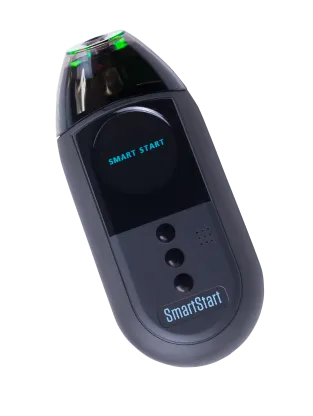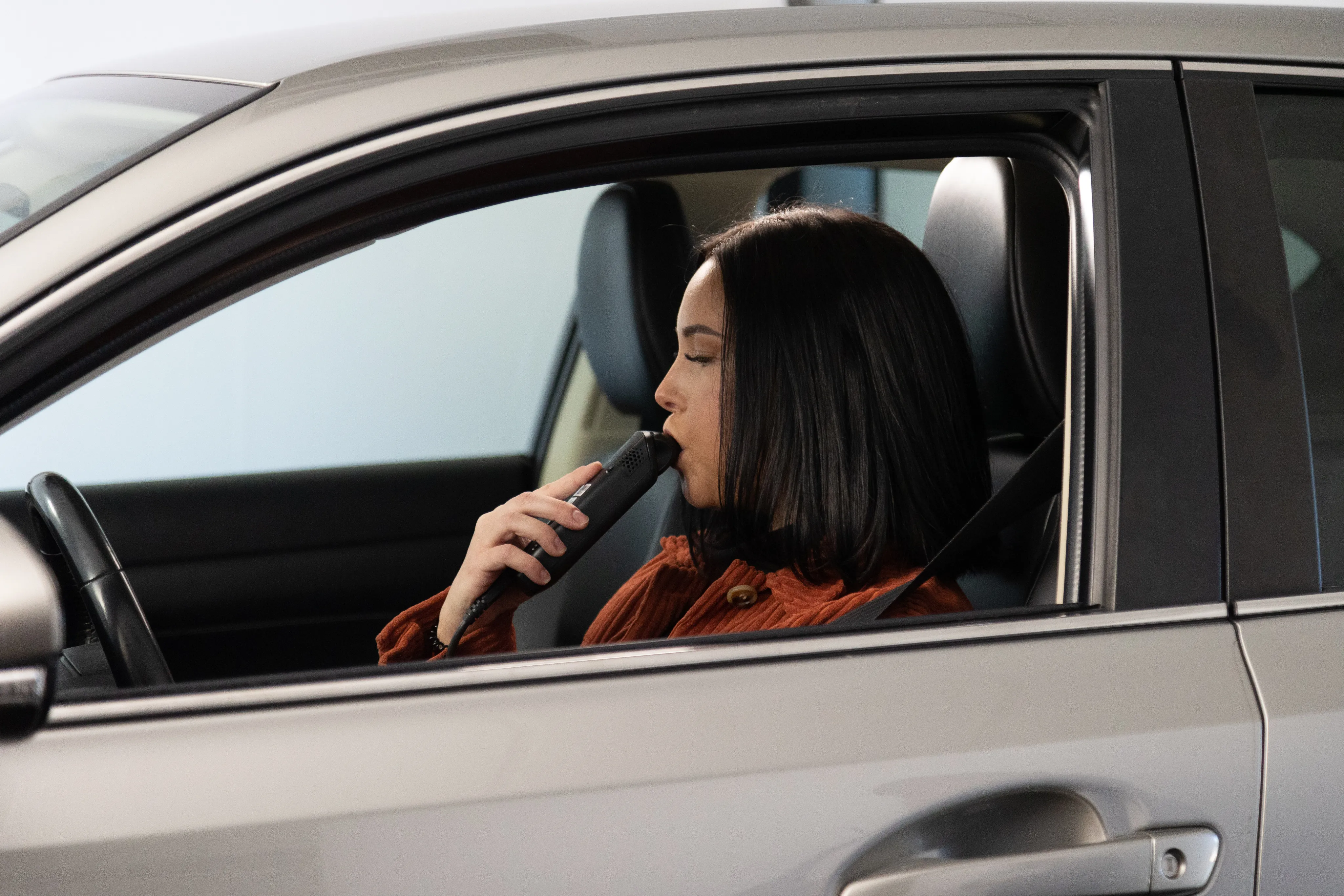About Ignition Interlocks
What is an ignition interlock device?
An ignition interlock device (IID) or breath alcohol ignition interlock device (BAIID) prevents a driver from starting a vehicle if the driver’s breath alcohol concentration (BrAC) is above a pre-set level.



What is an Ignition Interlock Program?
An Ignition Interlock Program may enforce a licensing restriction that requires the use of an IID on any vehicle operated by the offender. It’s an effort to reduce repeat drunk driving offenses, while allowing the offender to retain their driving privileges—enabling them to continue working and caring for their family rather than forbidding them to drive for a mandated period of time.

How does an Ignition Interlock Device Work?
The Prompt
Once the driver gets into the vehicle, the device will prompt the driver to provide a breath sample.

Breath Sample
The driver will provide a valid breath sample, by blowing into the device as previously instructed.

Analysis
If the breath alcohol concentration (BrAC) analyzed in the breath sample is below the preset level, the engine can be started.

Analysis
If the BrAC is at or above the preset level, the ability to start the ignition will be disabled by the IID and the vehicle will not start.
The IID will “lockout” for a short period of time. Once the “lockout” period has expired, another breath sample can be provided. If this sample is below the preset level, then the engine can be started.

During Operation
At random times during vehicle operation, the IID will prompt the driver to provide another breath sample (also referred to as a “Retest”). The purpose of the Retest is to ensure the driver provided the initial sample and that no alcohol has been ingested since the initial breath sample was provided.
If the retest is failed or missed, the IID will log the event, warn the driver, and in some cases sound an alarm (e.g. lights flashing, horn honking, etc.) until the ignition is turned off, or a valid breath sample is provided.
What is the process of having an ignition interlock device installed, monitored, and removed?
Installation
Once an offender has an IID restriction, or is ordered by the court to install, an appointment is scheduled with a service center for installing the IID. At the initial installation, the offender will be trained on how to use the device and the applicable program requirements.
Monitoring
The IID will be monitored as prescribed by the state motor vehicle administrator’s or the court’s guidelines. The device’s data is monitored to ensure the offenders comply with their state’s ignition interlock program. The data in most cases is uploaded automatically from the device and in some cases, can be done by returning to the service center.
Removal
Once the order has been issued removing the IID restriction, the offender can schedule a removal appointment.


